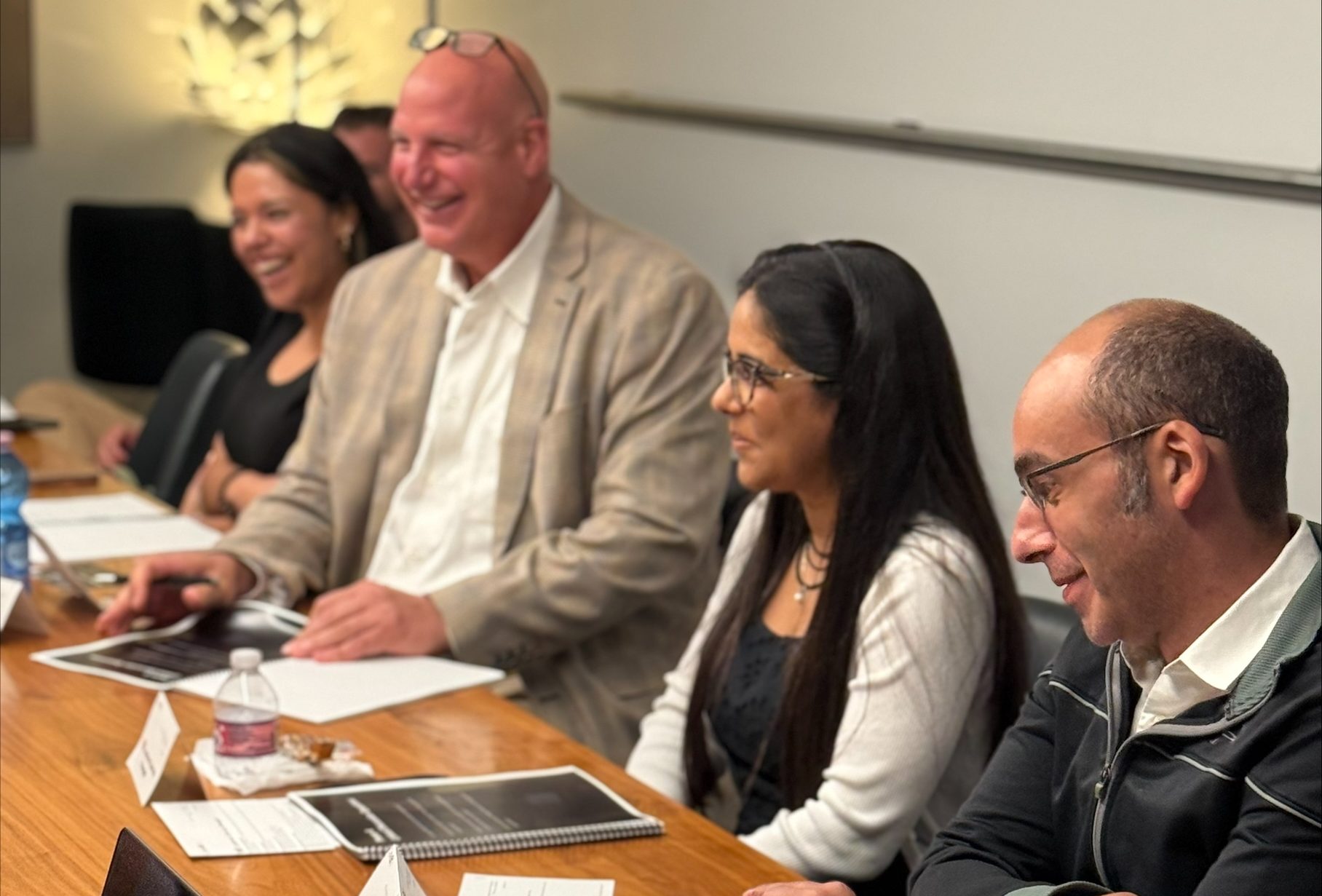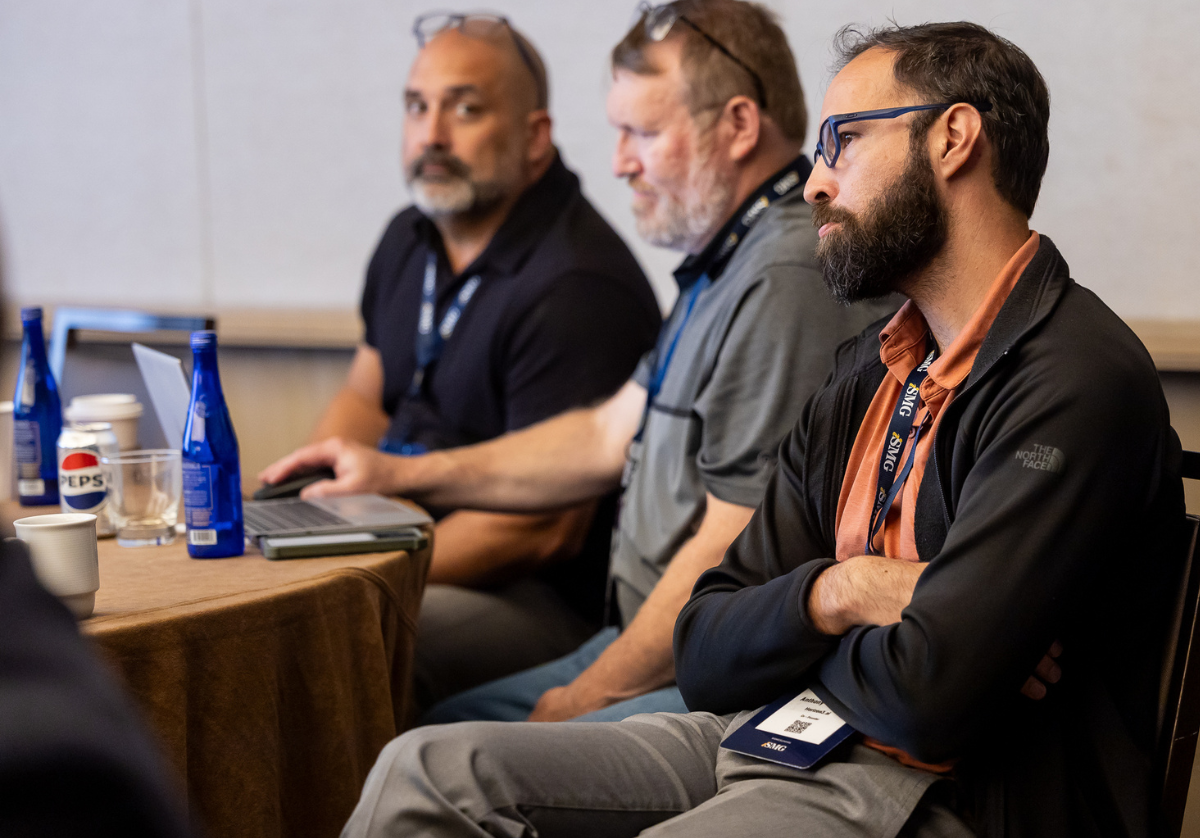The First 60 Minutes Will Define Your Future
Every breach has a beginning — and the opening hour is decisive. In those 60 minutes, leaders must interpret incomplete data, contain spreading damage, communicate with stakeholders, and decide whether to go public — all while adversaries advance. Zero Hour, a CyberEd.io interactive, thrusts participants into this high-stakes crucible where speed, clarity, and coordination spell the difference between containment and catastrophe.
Zero Hour: The scenario
The exercise begins innocuously: a SOC analyst reports unusual outbound traffic from a crown-jewel database server.
Within minutes, injects cascade across multiple channels:
- SOC Log Extracts: DNS queries to unfamiliar external domains, correlated with beacon-like patterns.
- Endpoint Alerts: Anomalous PowerShell execution, mimicking credential dumping.
- IDS/Firewall Data: Sudden encrypted traffic spikes to IP ranges linked to known APT infrastructure.
- Threat Intel Briefs: A recent advisory warning of exploitation of a zero-day in your organization’s VPN appliance.
The chaos escalates:
- A mock journalist email requests comment on a rumored data breach.
- A regulator voicemail demands disclosure of “any material incidents” within 72 hours.
- A customer-facing service degradation alert triggers business continuity concerns.
At each turn, participants must make decisions that carry trade-offs between speed, accuracy, compliance, and public trust.
Zero Hour transforms breach response into a lived experience.
With realistic technical injects, regulatory pressure, and media scrutiny, it forces teams to act under the same stress and ambiguity they will face in the real world. The result: muscle memory, clarity, and confidence that your enterprise can withstand the first chaotic hour of its next breach.
Schedule Zero HourLearning outcomes
Zero Hour equips teams with more than abstract “best practices” — it trains them on how to act when seconds matter:
Triage under pressure:
Interpret raw SIEM and EDR artifacts, distinguishing signal from noise.
Containment decisions:
Balance the risk of taking systems offline against continuity obligations.
Cross-functional coordination:
Align SOC, IT ops, legal, compliance, and PR in real time.
Strategic communications:
Draft regulator notices, board memos, and media statements as facts evolve.
Metrics for maturity:
Capture time-to-detection, time-to-containment, and cross-team collaboration scores.
Recovery & continuity
Practice restoring critical systems, validating data integrity, and resuming operations after an attack.
Enterprise value
Zero Hour is where organizations test their readiness under real-world pressure — exposing gaps, validating decisions, and proving resilience when it matters most.
For organizations of all sizes, Zero Hour reveals not just what you know, but how you perform:
- Exposes Gaps in Playbooks: Does your ransomware plan address VPN zero-days? Do comms templates exist for media inquiries?
- Tests Authority Chains: Who decides to disconnect a critical database from the network — the SOC lead, CIO, or CISO?
- Validates Tool Readiness: Are SIEM rules tuned to detect lateral movement, or did this slip through?
- Builds Board Confidence: Provides proof of testing and readiness to investors, regulators, and executive leadership.

Delivery models
CyberEd.io offers Zero Hour in flexible formats:
On-site facilitation:
Immersive, high-intensity, realistic fire-drill format where expert facilitators deliver live injects including logs, media calls, and regulatory notices under authentic enterprise pressure.
Remote simulation:
Secure virtual platform featuring interactive dashboards, chat-based injects, dynamic scenarios, and file evidence streams to challenge globally distributed teams in real-time coordination.
Hybrid experience:
Integrates in-person executives with remote SOC teams and engineering teams, replicating complex enterprise conditions for coordinated and cross-functional decision-making realism.
Custom industry focus:
Tailored injects reflecting finance (fraudulent transfers), healthcare (EHR ransomware), manufacturing (ICS sabotage), and government (APT data exfiltration) realities.
Post-exercise enablement
The value of Zero Hour doesn’t end with the simulation:
- After-Action Reports: Detailed timeline of participant decisions, mapped to best-practice frameworks.
- Evidence Packets: Annotated logs, malware samples, and comms injects for later analysis.
- Performance Dashboards: Metrics on MTTR, containment, and communication effectiveness.
- Updated Playbooks: Practical improvements that can be operationalized immediately.
At-a-glance
Audience:
CISOs, CIOs, SOC leads, IR managers, legal/compliance, communications officers.
Duration:
2–4 hours (configurable).
Difficulty level:
Moderate to advanced, with industry-specific inject tailoring.
Industry:
Tailored scenarios for finance, healthcare, manufacturing, and government.
Format:
On-site, remote, or hybrid with industry-specific injects.
Deliverables:
After-action reports, annotated evidence, decision dashboards, updated IR playbooks.
